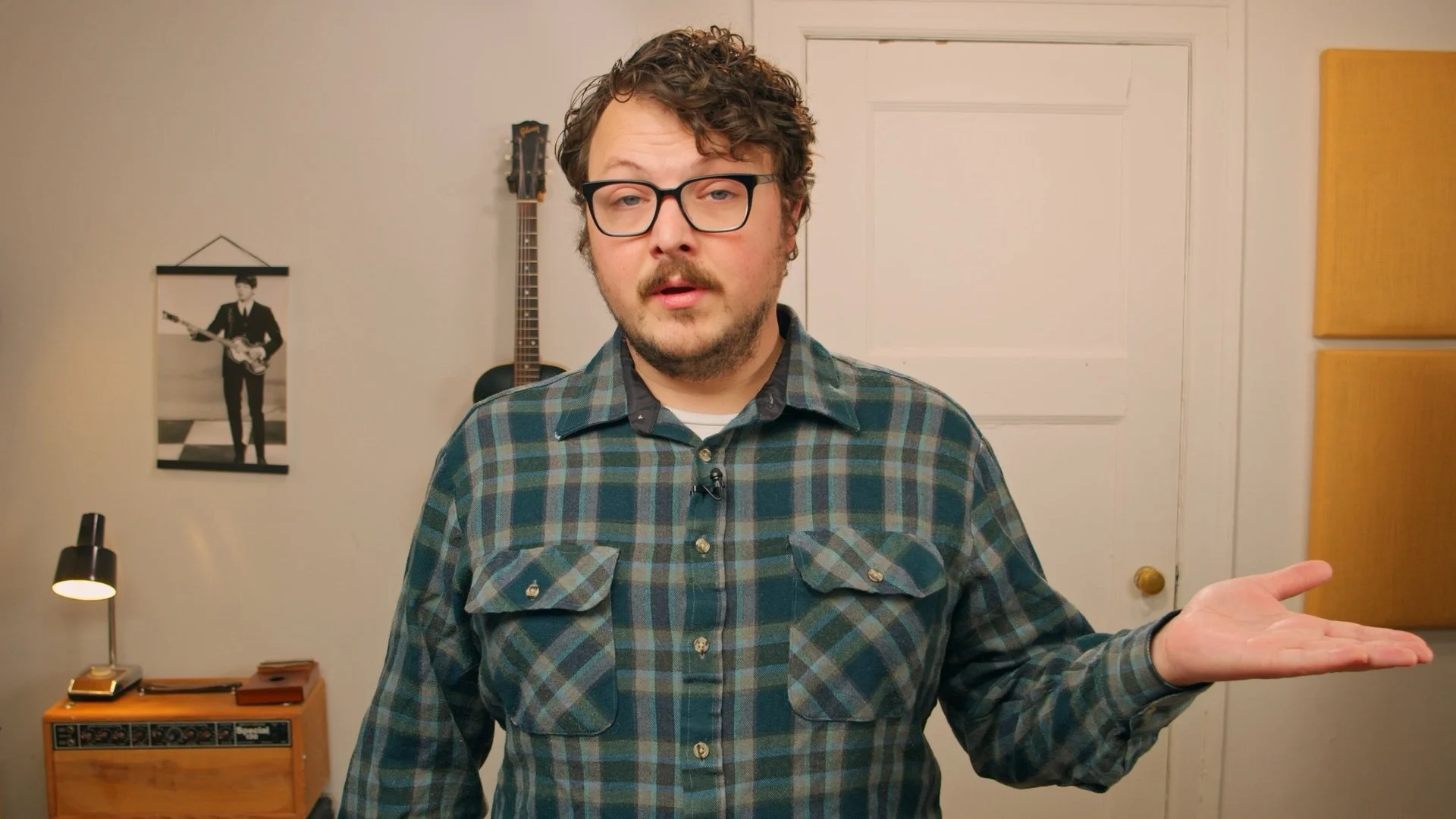Pick 1 technique and 1 mood
Your post must include which technique and mood you've chosen
This writing prompt is designed to get you to marry two concepts together. Maybe if this goes well, I'll do more of these where I get specific like this:
"Make sliding feel happy" or
"Make pulloffs feel sleepy" or
"Make fingerpicking feel energetic"
But for this week you get to pick a technique, then pick a mood to try to emulate.
Picking a technique is fairly straightforward - you can be specific or broad. For example, strumming and fingerpicking are extremely broad. Hammer-ons and slides are a little more specific. Long slides (like from 5th fret to 12th fret) or double pull-offs are examples of even more specific techniques. You could also mess with artificial harmonics, pick harmonics, picking close to the bridge, playing lead with octaves only, playing a melody on one string, double-stops, sweeps, chord melody, slide guitar, - - - anything you can think of as long as it is a definable way to play the guitar.
Beginners, feel free to be somewhat broad - like strumming or pull-offs. Those of you really looking for a challenge, feel free to get much more specific with your technique choice.
Then, pick a mood to emulate - sad, happy, angry, frustrated, awkward, weird, grumpy, playful, sleepy, depressed, desperate, etc -
The trick with picking a mood to emulate is - well - what do I do?
There is no correct way to do it, but here are some elements to consider:
1. Dynamic range
2. Phrase length and complexity
3. Space between phrases
Imagine that your guitar is your voice and imagine how your mood can change the way you talk. When I'm sad, I don't wanna talk much and when I do, I talk softly and I take my time. In these terms, my dynamic range is mostly soft, my phrase length is going to be shorter and simpler, and I'll probably leave space between my phrases.
Imagine how you feel when you're angry. When I'm angry, I often want to say a lot, very quickly, without a lot of space between phrases. I might have an outburst and I make mutter some stuff quietly under my breath. In these terms, my dynamic range would be mostly intense with some occasional soft (muttering) spots, my phrase length might range from very long and complex to short repetitive bursts, and there probably won't be a lot of space between phrases.
The most important thing to remember is: think about how your body feels when you're experiencing a particular mood - when you're feeling a certain way. Imagine playing guitar in a way that matches your body. Imagine your body language translating to the way you play guitar.
Feeling tired? Let your fingers be lethargic and slow. Feeling excited and energetic? Let your fingers fly around. Feeling chaotic and out of control? Let your fingers be a little sloppy and make some mistakes. Feeling intense and focused? Play much more carefully and conservatively, letting each note, each strum really mean something.
Post your creations to the community forum, and please make sure to mention the technique and mood that you chose!
IMPORTANT THING: While it's important to give this a try, sometimes you set out with an intention and end up with something that did not meet your expectations. That is OK! Please post anyway. Sometimes we try to write something happy and end up with something melancholy. Or we set out to write something uplifting and we end up writing something sad. This is normal, especially when learning to express yourself. Lets embrace this normal thing that happens and have a nice chat about it over in the community forum.
Read More


















